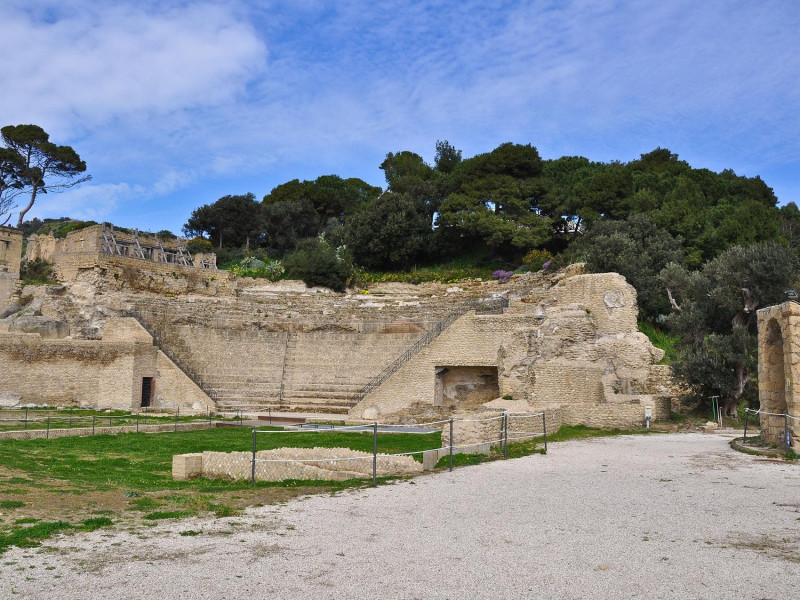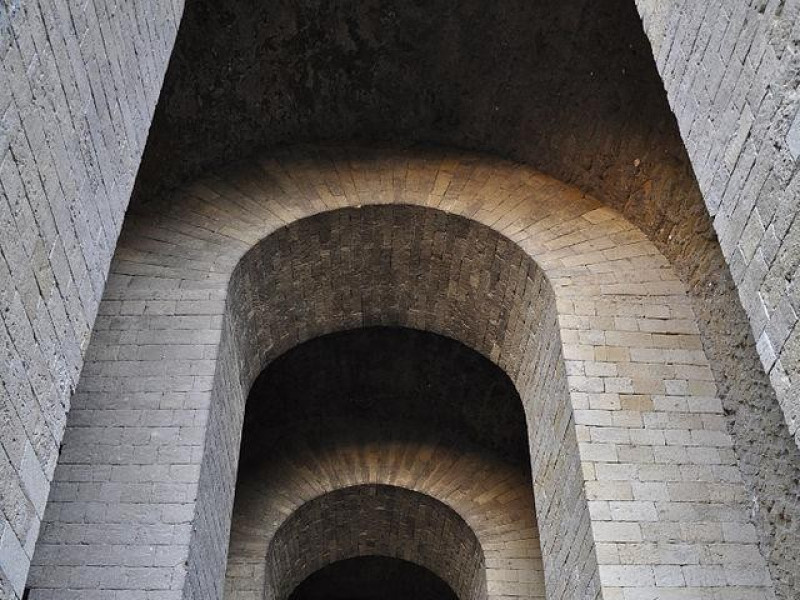Parco Archeologico-Ambientale di Posillipo
The Archaeological-Environmental Park of Posillipo (or Pausilypon, "pain relief") is an archaeological site of the Posillipo neighborhood, reopened to the public since 2009. The archaeological remains of the Villa were built by Publio Vedio Pollione to rest himself after the Battle of Actium (31 BC). The remains are accessed through the "Cave of Sejanus", a tunnel of 770 meters carved into the stone. Although it's named after Lucius Aelius Sejanus, Prefect of Tiberius, who commissioned the expansion in the first century AD, the passage was used to connect the Villa to other patrician houses of Pausilypon and ports of Puteoli and Cumae. Fallen into disuse, the gallery was made passable again by Ferdinand II of Bourbon and used as a bomb shelter in World War II. Among the Villa's remains are visible the Odeion, a 2000-seat theater, and some boardrooms with wall decorations, whose maritime structures are now part of the Gaiola Underwater Park. Part of the complex was also the "Palace of the Spirits", near Marechiaro, a nymphaeum in the employ of the Villa. Today, the archaeological site is part of the larger Gaiola Underwater Park, allowing to enjoy excursions into the sea to admire both the architectural remains that the natural coastal environment. The Park has became "Marine Protected Area" since 2002, as reserves for heterogeneous habitats (sea fans, sea daisies, octopus, sea bream, etc.) and ancient geological formations (Neapolitan Yellow Tuff, Trentaremi Caves).


